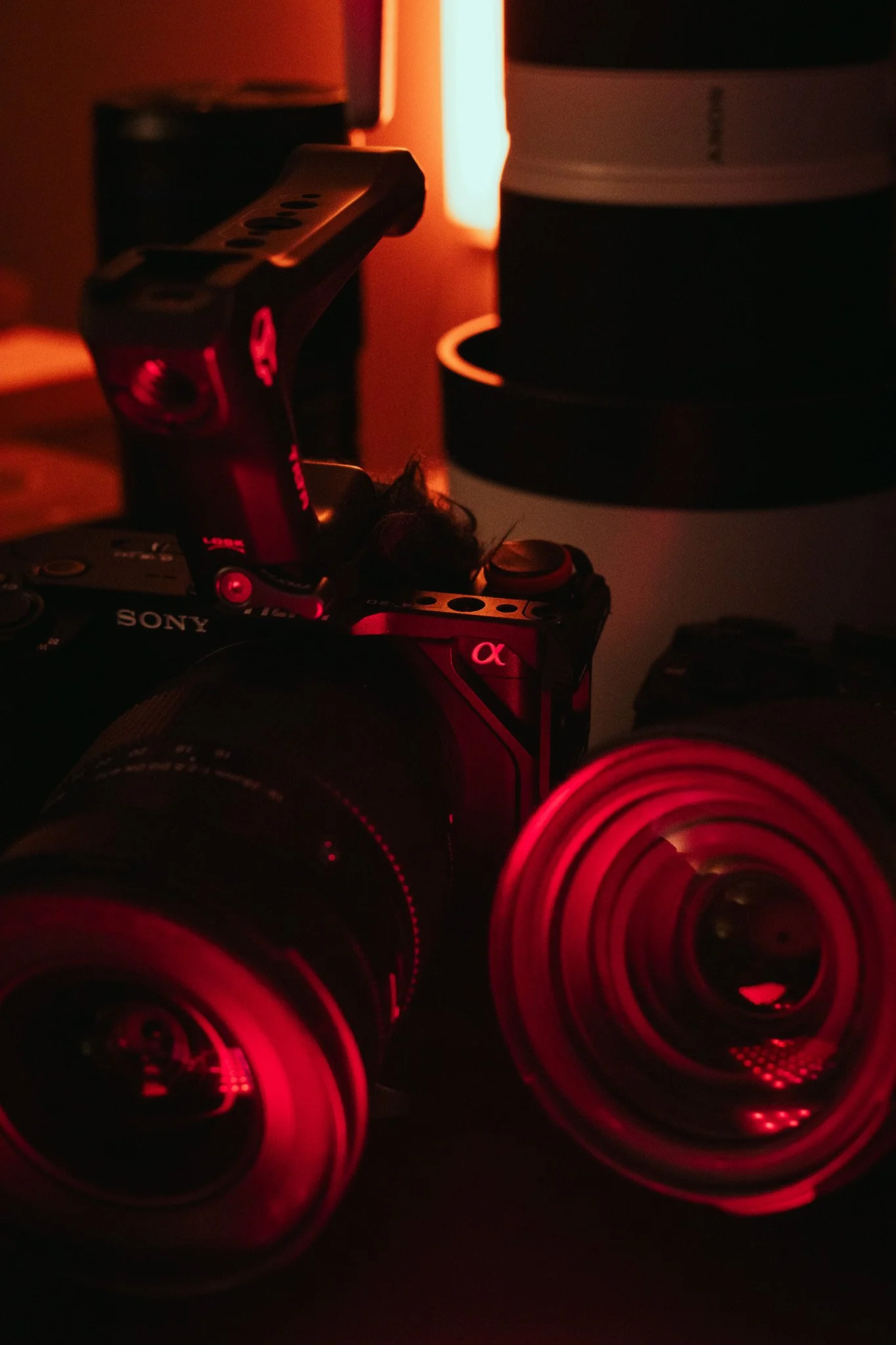Quick Camera Gear List - Beginners
Straight to the point.
Camera kits that I think are great beginner set ups:
Sony Kits
Sony ZV-E10 w/ 16-50mm lens for $798.00
Sony Alpha A6100 w/16-50mm for $898.00
Canon Kits
Finding the Right Camera Kit: Balancing Quality and Price
When investing in a camera kit, it’s crucial to strike a balance between quality and cost. While spending upwards of $900 isn’t cheap, a well-rounded kit can prevent the urge to upgrade too soon. In fact, these kits can continue to serve you well, even after you decide to expand your gear.
I began my photography journey with a Sony A3000. While I cherish it as my first camera, I quickly found myself wanting more capability within a year. Eventually, I upgraded, leaving the A3000 to gather dust. Looking back, I realize that starting with a camera offering higher quality from the start might have been a wiser choice.
Why These Camera Kits Stand Out
1. High-Quality Sensors
These mirrorless cameras feature 24-megapixel APS-C sensors. (Not sure what APS-C means? Check out my other blog post for an explanation.) A 24MP sensor provides ample resolution for high-quality images and videos, and many photographers use APS-C sensors to produce large prints with excellent detail.
2. Versatile Kit Lenses
Each kit includes a well-rounded lens, typically 16-50mm or 18-45mm, offering a balance between wide-angle and standard perspectives. This makes them excellent all-purpose lenses. If you already have a specific photography style in mind, consider kits with lenses tailored to your needs—wide-angle for landscapes or telephoto for wildlife—though these options may come at a higher cost.
3. 4K Video Capability
All of these cameras support 4K video recording. While 1080p remains a solid option for video quality, having 4K capability gives you more creative flexibility. Even if you don’t plan on shooting video now, it’s great to have the option, especially if you’re thinking about sharing content on social media. Personally, I never thought I’d get into video, but it eventually became an important part of my creative process.
Considerations Before Buying
1. Lack of Weather Sealing
None of these cameras have weather sealing, making them vulnerable to rain, dust, and extreme conditions. A light drizzle might be okay, but I wouldn’t risk exposing them to harsh weather without protection.
2. APS-C vs. Full-Frame
While APS-C cameras offer outstanding quality and are even used professionally in some cases, full-frame systems provide greater detail, dynamic range, and enhanced functionality. If you anticipate upgrading to full-frame in the future, it’s worth considering how this investment fits into your long-term plans.
Final Thoughts
There’s nothing wrong with starting out with a more budget-friendly option. Today’s smartphones deliver impressive photo and video capabilities, making them a smart choice for beginners who want to build skills before investing in dedicated camera gear.
Thanks for reading! If you have any photography questions, feel free to message me on Instagram. I’ll do my best to respond within a day or two.
